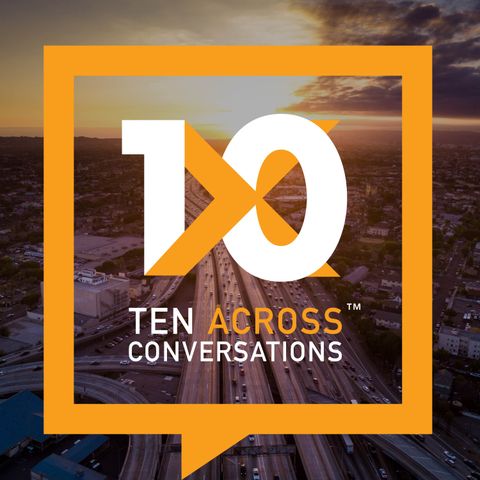A Housing Shortage in the Sun Belt Shakes Up Perceptions of the Region's Affordability

Download and listen anywhere
Download your favorite episodes and enjoy them, wherever you are! Sign up or log in now to access offline listening.
Description
The cost of housing has risen nationwide, but this change has been particularly acute in the Ten Across geography. With the exception of California, the Sun Belt has been known...
show moreHowever, development of new single-family housing has shown more hesitancy since the 2008 housing bubble collapse, and proposed multifamily properties can be deterred by NIMBY (Not in My Backyard) attitudes. Both factors have contributed to a significant housing shortage in Arizona and its neighboring states, according to report by ARCHES, the Arizona Research Center for Housing Equity and Sustainability. Further compounding the issue, the recent growth in domestic migration to the region has outpaced this weaker rate of real estate development.
Since the COVID-19 pandemic, the median home price in Arizona surged 50% to $470,000 and nearly half of all renters are considered cost-burdened, meaning they are spending more than 30% of their income on housing. Local land use policies have overwhelmingly favored single-family development, so much so that it represents nearly 78% of all housing units built in Arizona since 2000.
Today, lacking a diverse stock of housing options, service industry workers, teachers, first responders and other professionals earning less than $60,000 a year are struggling to find affordable places to live. Researchers warn that such an unbalanced mix of housing opportunities leads to economic instability, poorer health outcomes and social division over time. Rising rates of homelessness tend to be an early warning sign, and in 2023 homelessness in Arizona reached its highest recorded level since 2010.
Housing is a universal need. To thrive, communities need to become better at cultivating a sufficient and diverse inventory. In this episode, ARCHES housing researchers Alison Cook-Davis and Kristi Eustice discuss the findings and recommendations contained in their center’s first report as a HUD-funded resource for furthering housing equity in the U.S. Southwest.
Relevant links and resources:
2024 State of Housing in Arizona Report (Arizona Research Center for Housing Equity and Sustainability at the Morrison Institute for Public Policy, August 2024, PDF file)
“Housing is Health Care” (Morrison Institute for Public Policy, May 2021, PDF file)
“America’s housing problem—and what to do about it” (Harvard Magazine, November-December 2024)
“Why Phoenix is the ‘Most American City’ with George Packer” (Ten Across Conversations, August 2024)
“Local Experts Answer: Why Are People Still Moving to Phoenix?” (Ten Across Conversations, February 2024)
“Understanding Housing and Homelessness in America with Gregg Colburn” (Ten Across Conversations, December 2022)
Information
| Author | Ten Across |
| Organization | Ten Across |
| Website | - |
| Tags |
Copyright 2024 - Spreaker Inc. an iHeartMedia Company
